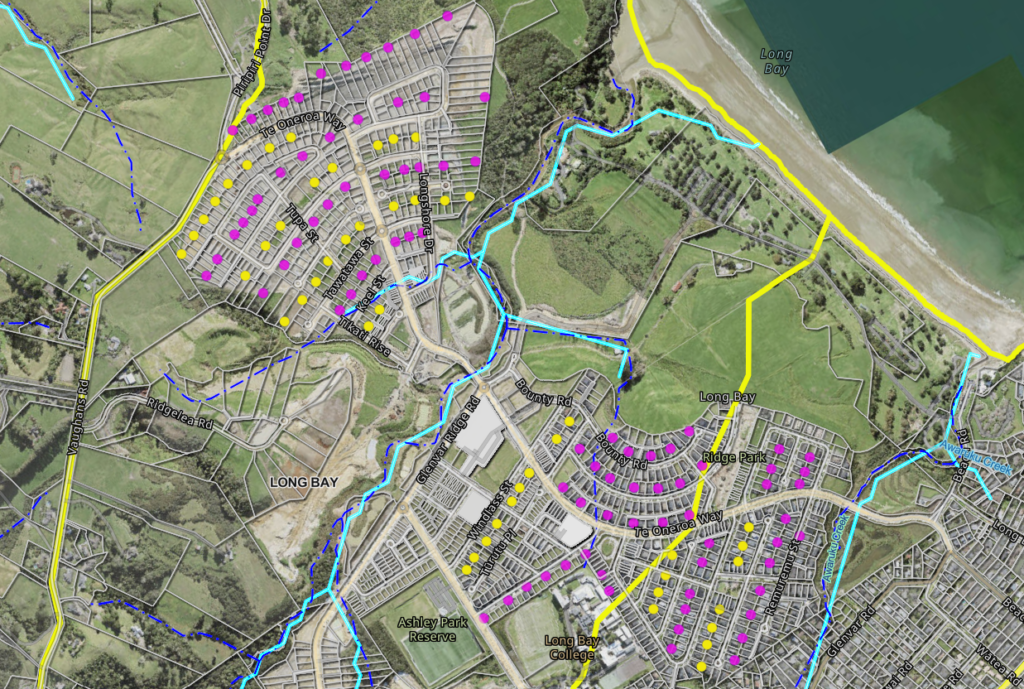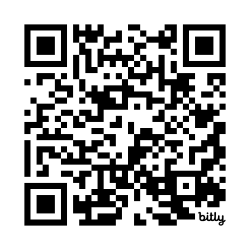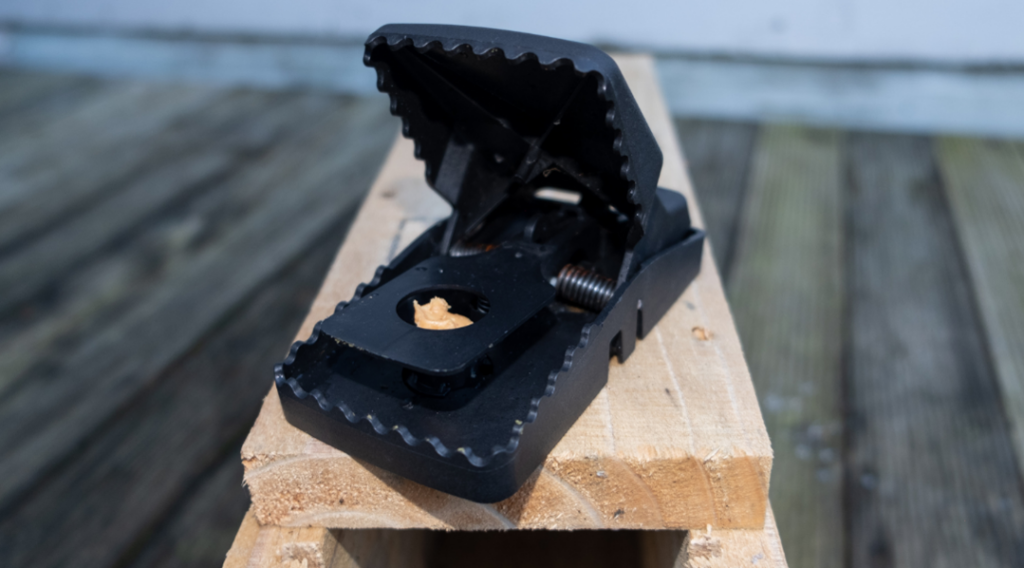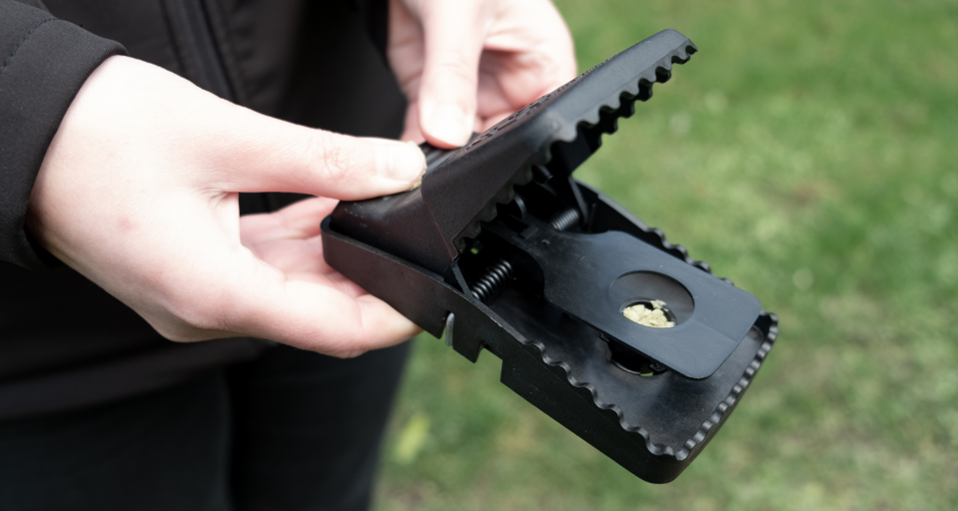Long Bay Predator Free Project
WHAT IS IT?
The Long Bay Predator Free project is a joint initiative between Restore Hibiscus and Bays and the Long Bay Residents’ Association with funding from Predator Free New Zealand. The goal is to rid the area of rats, mice, possums and mustelids (stoats, ferrets, weasels) and bring back the birds and native bush, providing a buffer or “predator halo” to the Long Bay Regional Park and marine reserve to allow native fauna and flora to thrive. Overall the project is in line with the Predator Free New Zealand 2050 initiative.
HOW DOES IT WORK?
We’re creating a community of backyard trappers. We want people to:
- put a trap and/or bait station in their backyards.
- keep it maintained.
- report catches.
THE PLAN
Having a trap or bait station in just one in five backyards, will reduce the rat population to below five percent. We feel that putting even more traps out we will be even more effective. There are roughly 1000 households in the Long Bay suburb, and we have backyard traps with tunnels to meet a target of every fifth house/property. While the job won’t be done overnight, we are confident of making a real difference to our environment, and helping contribute to the national Predator Free 2050 initiative.
The yellow/purple dots in the following image represent our targeted density and ideal locations for traps:

COST
The traps and protective timber tunnels will be FREE to resident householders. We’re very grateful for a grant from Predator Free NZ so we can make this vision a reality. We will be very happy to receive donations from householders as well so we can cover all the costs. Each trap and tunnel set will be labelled to assist you and us to keep good records so we can measure our progress.
WHY PREDATOR FREE?
We want to bring back the birds and bush. Rats, mice, mustelids and possums are destructive to our natives but with your help we can have the tui and kereru make their homes here again. Rats are also a danger to our properties. Rodents chewing through electrical wires are believed to cause eight percent of house fires. A couple we know had to replace their dishwasher after a rat chewed the outlet hose, causing a flood!
PLANS FOR THE FUTURE
Auckland Council and Restore Hibiscus & Bays have traps out in the area including the Long Bay Regional Park, and local bush areas. This is a team effort which might well expand to a greater area.
WHAT NOW?
The traps are easy to manage and safe for birds, pets & kids.
- All you need to do is check the trap, keep it baited and enter the details of your catch into bit.ly/lbratrap or on Trap.NZ project Long Bay Predator Halo. See the QR Code. It is really simple!
- Or if you can’t use this, just email longbayra@gmail.com. Tell us What you caught Where and When.

To receive a free trap for your property and get involved either:
- register your details via https://bit.ly/lbrapest, or
- send your Name + Address + Phone + Email to longbayra@gmail.com or
- download, fill and email a consent form from https://bit.ly/lbpestconsent to longbayra@gmail.com
For more information, call Gareth Roberts on 021364314 or email longbayra@gmail.com.
Join the Long Bay Residents Association at www.longbay.nz or our Facebook Group: Long Bay Community.
Backyard Trapping FAQs

The following are frequently asked questions and answers to them.
| Question | Answer |
| What will it cost as a householder? – Are the traps free? – What does bait cost; is it supplied or do I need to buy; how much? | Tunnels and a T-rex trap will be supplied. You’ll be responsible for the bait. Common pantry items like peanut butter or Nutella / hazelnut spread work well. No need to buy poison / rat bait for T-rex Traps. |
| What is my time commitment? – How often to check traps? – How long does it take to check a trap and re-bait. | Check the trap as often as you like, but at least once a week. Dead rats get a bit stinky after a few days! The traps are similar to domestic mouse traps, just bigger. Thirty seconds to bait and set the trap; plus the walk from your back door to wherever you’re placing it. |
| Is it icky? – What do I do with the dead ones? – Should I wear gloves? | It’s generally a clean kill across the back of the neck, so no blood and guts – or even broken skin. You can pick up the trap with the kill in it, and open the trap to release the rat into the rubbish bin, or bury them in the garden. Always wear gloves when handling your trap and wash your hands thoroughly. |
| How safe is it? – Can I hurt myself setting or re-setting a trap? – What about my cat? – What about my kids? – Is the bait poisonous? | The provided traps are pretty basic, however please be careful with fingers once the trap is set, to avoid injury caused by triggering the trap on your fingers! The traps are located in wooden boxes or tunnels with wire mesh at the ends, to keep out little hands & domestic pets. We’re not using toxins or poisons for this project; bait is peanut butter or chocolate spread or other pantry items. However if you are using a bait station with poison, take precautions as directed. |
| How effective is it? – How many traps do we need? – Where is the best place to put them? – What predators are we targeting? | One trap per property is a good start, and we’re aiming for a trap in one in five backyards. Put the trap somewhere you’ll see it and be reminded to check; or near your compost bin. Alongside walls and fences is good as rats generally run along those boundaries. We’re targeting rats and mice, but the traps will catch mustelids (stoats & weasels) too. Bigger traps are also being deployed in the reserves to deal with rats, mustelids and possums there. Some properties may be targeted with specific traps based on their location. |
| How are results recorded? Data / Metrics? – Should we log catches anywhere? – How do we know it has been effective? – What is success? | Whenever you check your trap or catch something, PLEASE report at bit.ly/lbratrap or on trap.nz project Long Bay Predator Halo. Or if you can’t use this then email longbayra@gmail.com and tell us What you caught, Where and When. We’ll take a baseline of data in the first year; and compare year on year. When zero catches are reported over an extended period, we can use chew-cards to survey predator numbers. |
| Where do I get even more information than here? | There is a wealth of information on the Predator Free New Zealand website. You can also find information on the Restore Hibiscus and Bays website predators section. A good reference is the PFNZ Predator Control Calendar. |
| Great! How do I sign-up? | Fill in the Pest Control Survey at https://bit.ly/lbrapest or email your name, address and phone number to longbayra@gmail.com. |
How to use a T-Rex trap

Where to put your trap
Start where you have seen rats or where they are likely to be active, such as near rubbish and compost bins. Rats tend to avoid open areas and prefer cover. You may have more success by putting your trap in a sheltered area or along a fence line, hedge or building. Ensure the ground is stable, flat, and check to make sure vegetation isn’t blocking the back or front grates.
What to use as bait
Rodents love energy-rich foods high in fat and sugar. Try using peanut butter, Nutella, cheese, chocolate, hazelnut spread, jam, or nuts (such as almonds, peanuts or walnuts). Animal fat such as bits of bacon fat are another option. Rats are naturally suspicious of new food sources. You can bait your trap then leave it unset for a few days to help them associate the trap as a good food source. Put some free bait at the entrance of the trap to invite them in. If you aren’t getting catches in your trap, experiment using different types of baits.
How to set your trap
Remove the bait cup from the underside of the T-Rex rat trap by twisting it left to unlock. Fill the cup with your chosen bait and replace, twisting right to lock it back in place.

Set the trap by squeezing the back end until you hear it click, and the jaws of the trap stay open.

Carefully slide your set trap, bait-end first, into your trap tunnel/box and replace the sliding mesh screen at the end of your tunnel/box.
When you catch something, simply squeeze the back end to release the jaws and drop the carcass into:
- Hole in the garden
- In your compost bin
- In your domestic rubbish bin
To deactivate your trap while it’s still set, press the treadle plate up against the side of the wooden box and slowly shut the jaws. You don’t need to put your fingers in the trap.
Reporting your results – Keep us posted!
All you need to do is check the trap, keep it baited and enter the details of your catch at bit.ly/lbratrap or on trap.nz Project Long Bay Predator Halo. Or if you can’t use this just email longbayra@gmail.com and tell us What you caught, Where and When.
Safety information
- It’s safest to unset your trap before handling it, although you can re-bait the T-Rex trap while it’s still set by removing the bait cup.
- Always wear gloves when handling your trap and wash your hands thoroughly. This minimises the risk of catching animal-borne diseases such as leptospirosis.
- Keep your trap inside the wooden trap box provided to keep pets, children and non-target animals safe.
- The T-Rex trap has been humane tested against the National Animal Welfare Advisory Committee (NAWAC) guidelines for ship rats.
Tips and tricks
- Rebait your trap at least once a week
- Remove all old bait and any blood/fur from the trap each time you service it
- Don’t wash your trap with chemicals or detergents. Water and an old brush will do the trick.
- Scuff the entrance to the trap box to create a little pathway for pests
- Slugs and insects like to snack on bait and can clean out the trap overnight. Mice are sometimes too light to trigger the trap and may also be responsible for bait theft
- Offer pests some free bait on the doorstep of the trap box to lure them in
- Move your trap to a new location if you aren’t getting catches
Project Updates
| Timeframe | Update |
| Early 2024 | Restore Hibiscus and Bays and LBRA team up for PFNZ funding. |
| March 2024 | PFNZ Funding Application rejected |
| July 2024 | RHB/LBRA reapply for PFNZ funding |
| August 2024 | LBRA Pest Control Survey released |
| September 2024 | LBRA Pest Control Survey in Chinese released |
| September 2024 | PFNZ Funding Application was successful! |
| October/November 2024 | Planning underway between RHB and LBRA. |
| December 2024 | Further publication of LBRA Pest Control Survey, door knocking for consents, and publications to magazines. Consent form available at https://bit.ly/lbpestconsent |
| January/February 2025 | First traps are received and delivered, trap catch form available online at https://bit.ly/lbratrap |
| March 2025 | ~30 consents received, 10+ traps delivered, door knocking continuing. |
| April 2025 | Further consents and traps delivered, resources posted to LBRA website, trap.nz project setup in progress |
| May 2025 | Project created on Trap.nz: Long Bay Predator Halo Further consents and traps delivered. Stall held at Long Bay Village Market |
